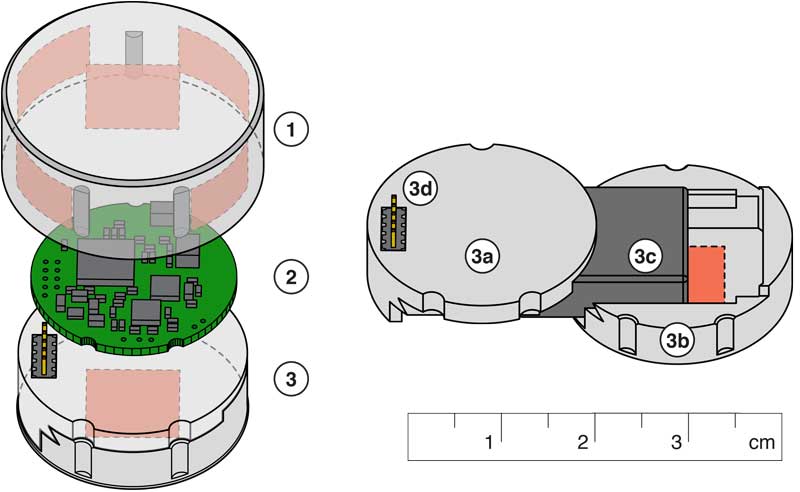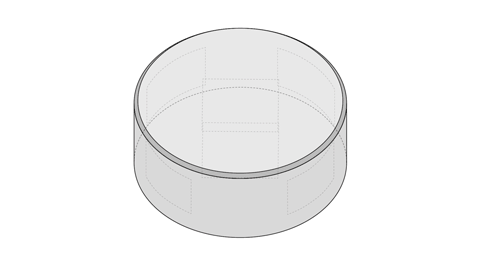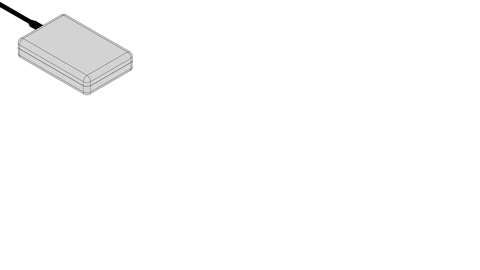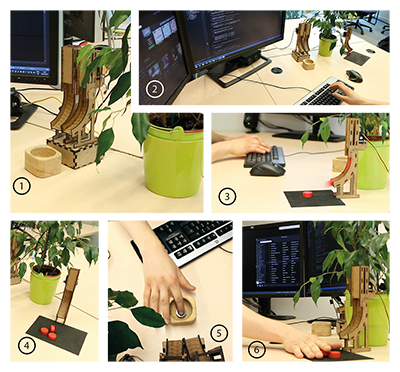SmartTokens: Embedding Motion and Grip Sensing in Small Tangible Objects
About
SmartTokens are small-sized tangible tokens that can sense multiple types of motion, multiple types of touch/grip, and send input events wirelessly as state-machine transitions. By providing an open platform for embedding basic sensing capabilities within small form-factors, SmartTokens extend the design space of tangible user interfaces. We describe the design and implementation of SmartTokens and illustrate how they can be used in practice by introducing a novel TUI design for event notification and personal task management.
Video
Design
 |
| SmartTokens are simple and cost-effective, but smart enough to be used as handles for digital information. SmartTokens allow to make generic, scalable and affordable user interfaces. They embed custom electronics, including touch and motion sensors as well as wireless communication functionalities. |
Sensing
 |  |
| A capacitive touch sensor is embedded in each SmartToken. It monitors six electrodes distributed on the inner faces of the SmartToken’s shell (red areas). To provide the best touch sensitivity, the size of the touch electrodes has to be as large as possible. | Motion is monitored with a six axes inertial measurement unit. Data is delivered as three linear accelerations. SmartTokens can distinguish between immobility, motion and free fall by monitoring changes in acceleration and touch events. |
Communication
 |
| SmartTokens are joining a network to communicate information. This not only allows wireless communication, but also flexibility in the system, as SmartTokens can jump in and out the network seamlessly. Each is given an ID which allows the system to keep track of the current tokens in the network. Information attached to SmartTokens then remains persistent as they come back in the network. The USB dongle receives state-change messages from all SmartTokens. |
The SmartToken Input Model
| This first case is a very simple manipulation of a SmartToken. At the beginning, this one is still without contact. As soon as the user touches the token, it changes state and sends a touch event. Grasping and moving the token lead to a move event. As stopped and released, the token moves back to its initial state and indicates it with several events. |
| Multiplying the amount of SmartTokens makes no difference. We can easily turn the state machine into a Petri Net, where each SmartToken sends its own information independently. |
Scenario
Material
Acknowledgment
Article
SmartTokens: Embedding Motion and Grip Sensing in Small Tangible Objects
Mathieu Le Goc, Pierre Dragicevic, Samuel Huron, Jeremy Boy, Jean-Daniel Fekete.
Proceedings of the 28th Annual ACM Symposium on User Interface Software & Technology (UIST 2015), Nov 2015, Charlotte, NC, USA. pp.357-362
[pdf]



